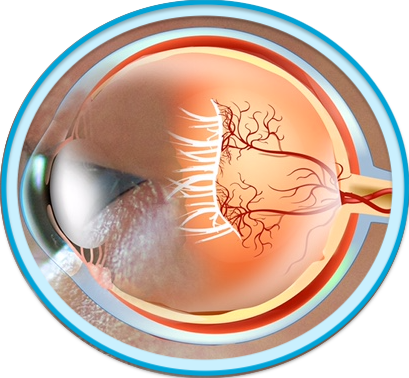Identifying and Diagnosing EoE
Identifying patients who should be further evaluated for eosinophilic esophagitis (EoE) can be challenging. Some individuals have a higher risk of EoE based on family history and ancestry, male sex, and comorbid atopic disease.1,2
Evidence is accumulating that environmental factors, premature or cesarean birth, early antibiotic exposure, food allergy, lack of breast feeding, and lack of early microbial exposure are also linked to development of EoE.2 The mean age at diagnosis in children is between 5.4 and 9.6 years, and in adults between 30 and 50 years.3
Clinical manifestations of EoE, which are largely attributed to esophageal dysfunction from epithelial remodeling, can be non-specific and may vary depending on several factors, including endotype, duration of disease, and patient age.4 Symptoms \ in pediatric patients includes nausea, vomiting and abdominal pain, while adolescents and adults are more likely to present with dysphagia, heartburn, food impaction, and regurgitation (Table 1).5

Patients suspected of having EoE undergo esophagogastroduodenoscopy (EGD) to assess the extent of eosinophilic infiltration. Diagnostic criteria and other conditions with associated esophageal eosinophilia are listed in Table 1. Patients who have ≥15 eosinophils/high-powered field should be evaluated for these conditions to understand any potential contribution to eosinophilia.6 Of note, failure of a trial of proton pump inhibitors (PPI) is no longer part of the diagnostic criteria for EoE. Differentiating between EoE and GERD can be particularly challenging due to the similarity in their clinical signs.

Four validated outcomes measures are used to assess key EoE symptoms by age as well as behaviors that may play a role in disease burden:
- Eosinophilic Esophagitis Activity Index7
- Dysphagia Symptom Questionnaire8
- Straumann Dysphagia Index9
- Pediatric Eosinophilic Esophagitis Symptom Score10
Recently, a team of 30 experts in allergy, gastroenterology, and pathology created the Index of Severity for Eosinophilic Esophagitis (I-SEE) tool, which aims to facilitate conversations between physician and patient as well as grade the severity of EoE based on symptoms/complications and inflammatory and fibrostenotic features on endoscopy and histology.3 The index must still undergo validation before it is ready for clinical use.
References
- Khan S, Guo X, Liu R, et al. An update on eosinophilic esophagitis: Etiological factors, coexisting diseases, and complications. Digestion. 2021;102:342-356. doi:10.1159/000508191
- Lyles J, Rothenberg M. Role of genetics, environment, and their interactions in the pathogenesis of eosinophilic esophagitis. Curr Opin Immunol. 2019;60:46-53. doi:10.1016/j.coi.2019.04.004
- Dellon ES, Khoury P, Muir A, et al. A clinical severity index for eosinophilic esophagitis: Development, consensus and future directions. Gastroenterol. 2022:163:59-76. doi:10.1053/j.gastro.2022.03.025
- Chen JW. Management of eosinophilic esophagitis: Dietary and nondietary approaches. Nutr Clin Pract. 2020;35(5):835-847. doi:10.1002/ncp.10571
- Muir A, Falk GW. Eosinophilic esophagitis: A review. JAMA. 2021;326(13):1310-1318. doi:10.1001/jama.2021.14920
- Dellon ES, Liacouras CA, Molina-Infante J, et al. Updated international consensus diagnostic criteria for eosinophilic esophagitis: Proceedings of the AGREE conference. Gastroenterol. 2018;155(4):1022-1033.e10. doi:10.1053/j.gastro.2018.07.009
- Safroneeva E, Straumann A, Coslovsky M, et al. Symptoms have modest accuracy in detecting endoscopic and histologic remission in adults with eosinophilic esophagitis. Gastroenterol. 2016;150:581-590.e4. doi:10.1053/j.gastro.2015.11.004
- Warners MJ, Hindryckx P, Levesque BG, et al. Systematic review: Disease activity indices in eosinophilic esophagitis. Am J Gastroenterol. 2017;112:1658-1669. doi:10.1038/ajg.2017.363
- Straumann A, Conus S, Degen L, et al. Long-term budesonide maintenance treatment is partially effective for patients with eosinophilic esophagitis. Clin Gastroenterol Hepatol. 2011;9:400-409.e1. doi:10.1016/j.cgh.2011.01.017
- Martin LJ, Franciosi JP, Collins MH, et al. Pediatric Eosinophilic Esophagitis Symptom Scores (PEESS v2.0) identify histologic and molecular correlates of the key clinical features of disease. J Allergy Clin Immunol. 2015;135:1519-1528.e8. doi:10.1016/j.jaci.2015.03.004












